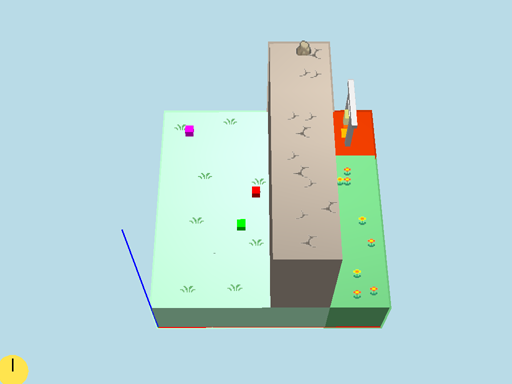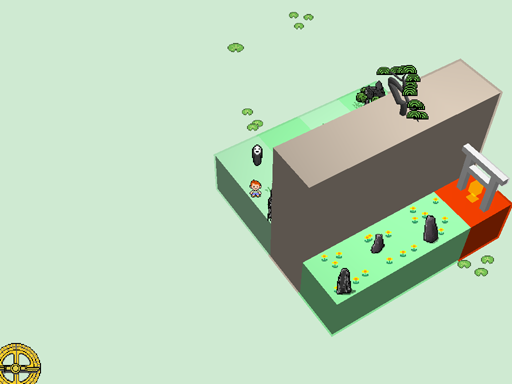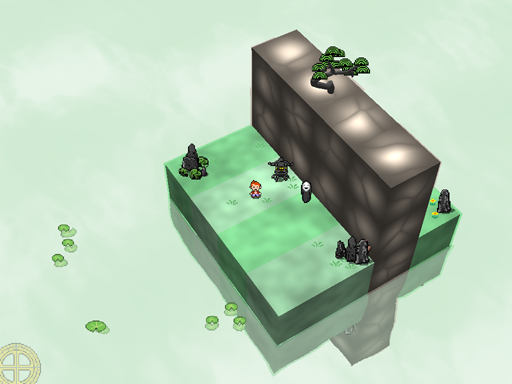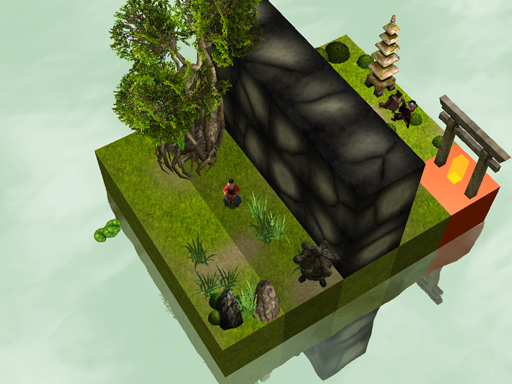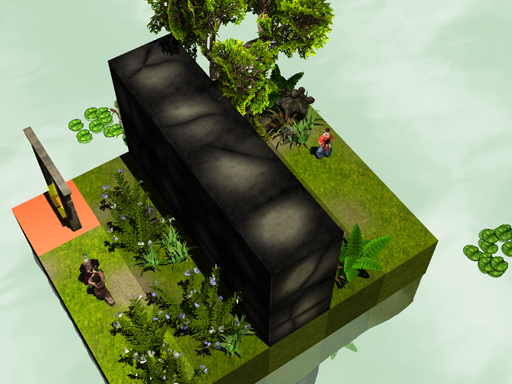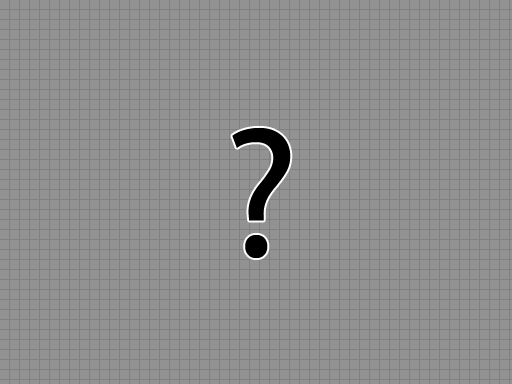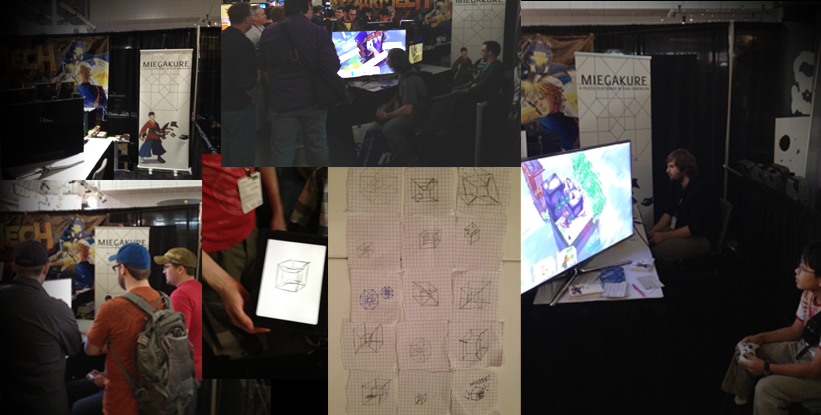A note if you are going to GDC: I will be showing Miegakure at this year’s Experimental Gameplay Workshop on Friday at 2:30pm. I will be showing the work we have done recently on the visuals, as well as some awesome gameplay mechanics that we have never yet shown publicly. The game actually premiered there a few years ago, so it’s gonna be pretty crazy and exciting to show how far we have come.
And now, here is a sort of progress report…
Miegakure has two goals:
- To have true 4D gameplay where players are deeply thinking in 4D as they solve the puzzles
- To show what a 4D universe could look like, as seen from the point of view of a 3D being
The first part of the development focused on the first goal. This involved coming up with good mechanics and puzzles, but the majority of the work was to refine the game’s progression. Watching tons of people play the game (friends, or at conferences and expos) and adjusting the game in response, such as moving levels around and creating new ones to fill gaps in understanding.
I felt good about the first goal, so I switched focus to the second goal. Initially the game could only display simple 4D shapes and more visually complex 3D models embedded in 4D space in a simple way. Since then, I made it possible for the game to display arbitrary 4D objects. I also radically improved the display behavior of the 3D objects embedded in 4D. It is not only more accurate –for some definition of accurate that I had to figure out– it also just looks so much better and feels so much smoother, especially while swapping dimensions.
A great and interesting thing is that by improving the graphics, gameplay is improved in the process. Since the graphics are largely what players use to understand how 4D space works, the more accurate they are the more accurately they can be used as gameplay cues. Some of these cues may only be picked up at a subconscious level, which is why accuracy becomes so important.
